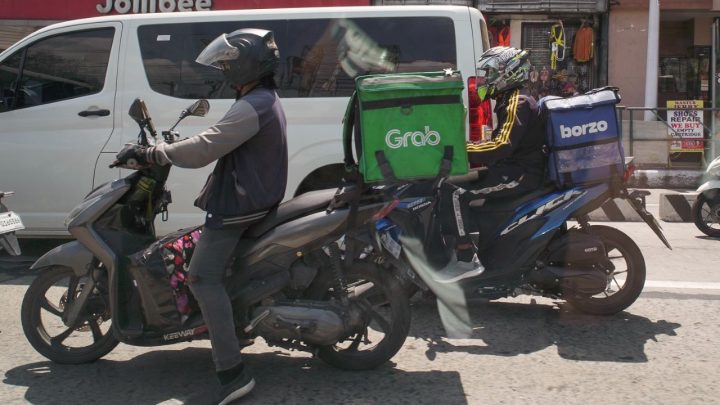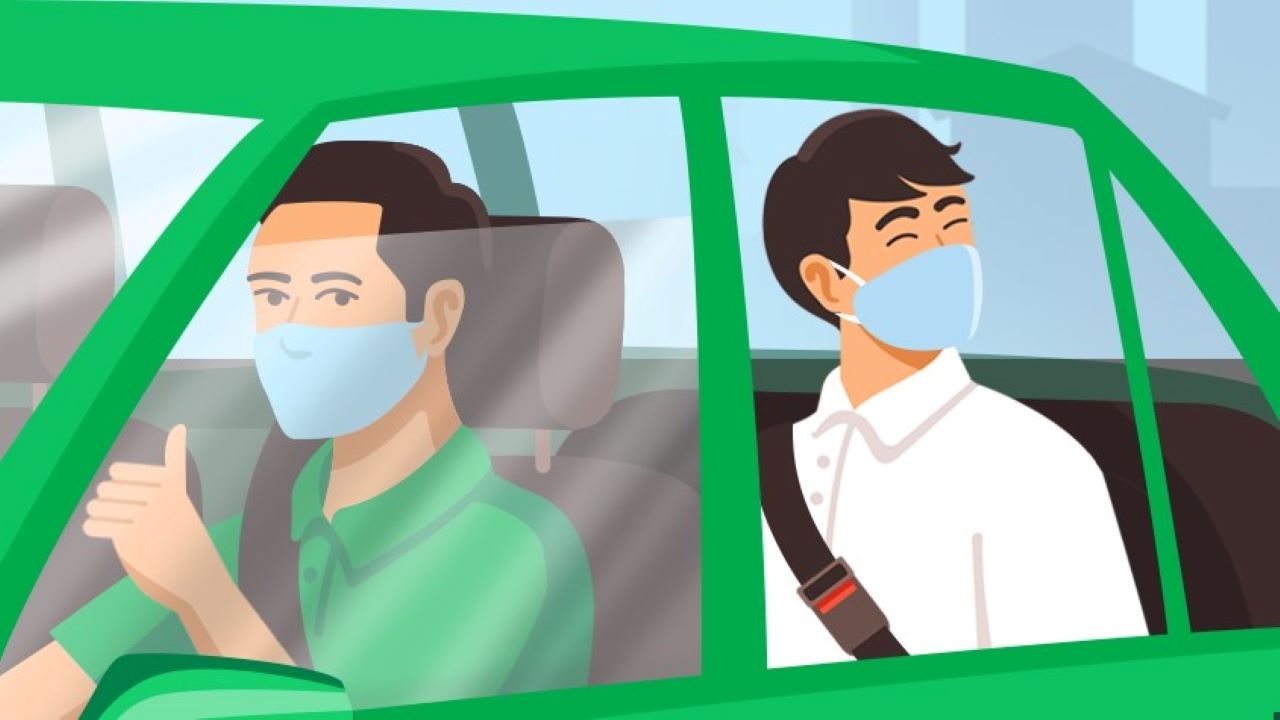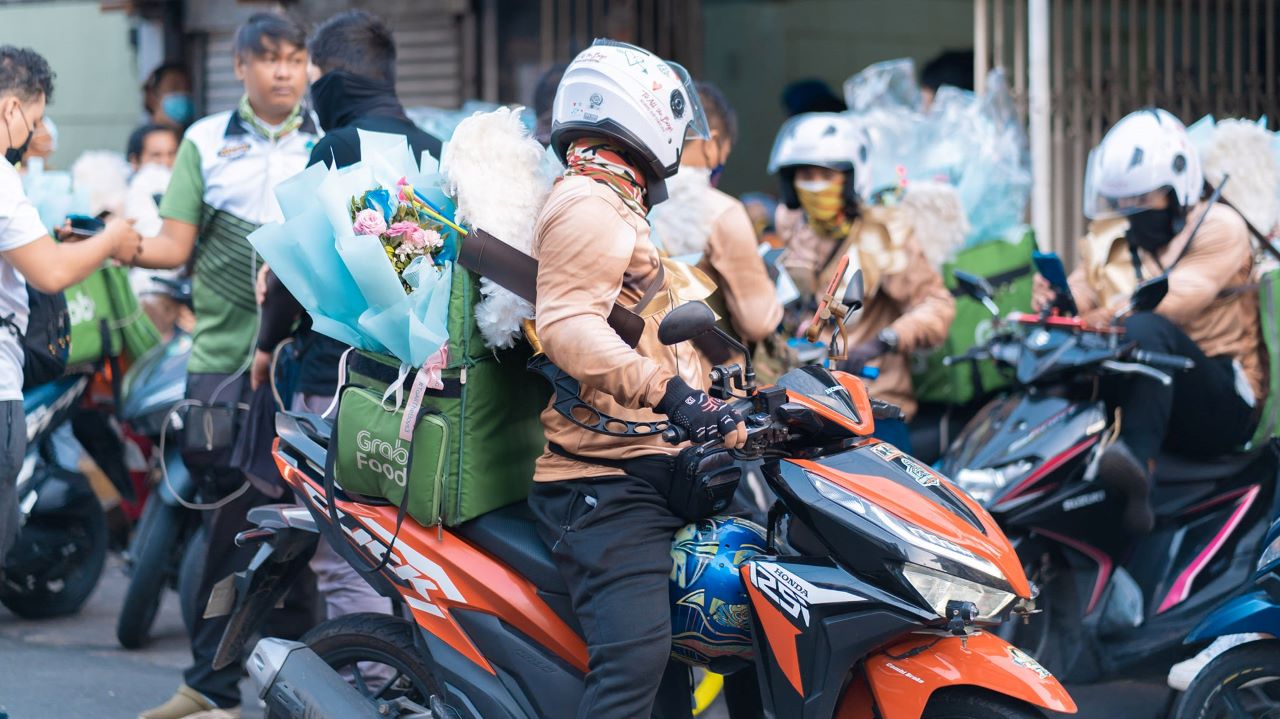
Grab PH has been operating since 2013. 10 years hence, it has evolved from a ride-hailing service by adding 2-wheeled transport and even a delivery and courier service. More of the two-wheeled kind saw a rise given that public transport all but stopped during the height of the global crisis, but now that mobility rules have eased, Grab cars are back in the game.
But see, the business wants to be more than the services it offers. After meeting with the PBBM, the PH government has secured an investment pledge that may equate to 500,000 jobs for Filipinas and Filipinos.
Grab PH promises to create more jobs and deliver

Photo: PCO
We have mentioned the roots of Grab PH as a ride-hailing service. But it’s its motorcycle services that kept the business afloat. Whether as a form of giving back, as well as a long-term plan to keep things going, Anthony Tan, Grab CEO, and co-founder, promised to create jobs in the country, giving his assurance that the company will deliver on this promise.
“Well, that is what we need. At the very start of all of this, we had always stressed that what we have to do is create jobs right now. Because so many businesses closed, so many people really have no place to go, even the OFWs. So… we need to find jobs,” PBBM said in response to Tan.
In what seems to be a plan more targeted towards motorcycles, it was mentioned that Grab PH’s motorcycle taxis do four to five million rides per day, and that is a staggering number considering the number of riders and their trip ratio. What seems to be the problem is a lack of legislation for motorcycle taxis to be used as public utility vehicles.

Tan said that Grab PH needs to find a way to create jobs, not only in Manila but also in Davao, Cebu, and Iloilo, and with various bills proposing to regulate and legalize the operation of motorcycle taxis as PUVs, their passage can result in the safety and protection of the stakeholders who are the owners, riders, and customers alike.
As it stands, the law prohibits the use of motorcycles to transport passengers or freight but requests to review the policy and allow motorcycles as a form of public transportation prompted the transportation department to pilot test the operation of motorcycle taxis within Metro Manila and Metro Cebu in 2019. Thus far, it seems to have reached a stalemate as the law and its provisos have yet to be amended.

Photo: Grab PH
All these said, how then will it affect transportation and mobility as a whole? We all know the commuters’ daily plight, and God knows they don’t have it easy. Access to more options for effective and safe transportation will be invaluable. Providing jobs to many is also just as important, and while we don’t expect half a million more motorcycles to be added to our roads’ daily volume, the number will inevitably rise.
Now comes another question: how will this affect traffic congestion? How can we assure the safety of everyone, vehicles, and people alike? And will Grab PH work closely with the DOTr, the LTO, and the rest of the government to guarantee that their drivers are indeed qualified to ferry passengers and goods? All this remains to be seen, but we’ll take the news of added jobs as the golden egg and the silver lining for now.


